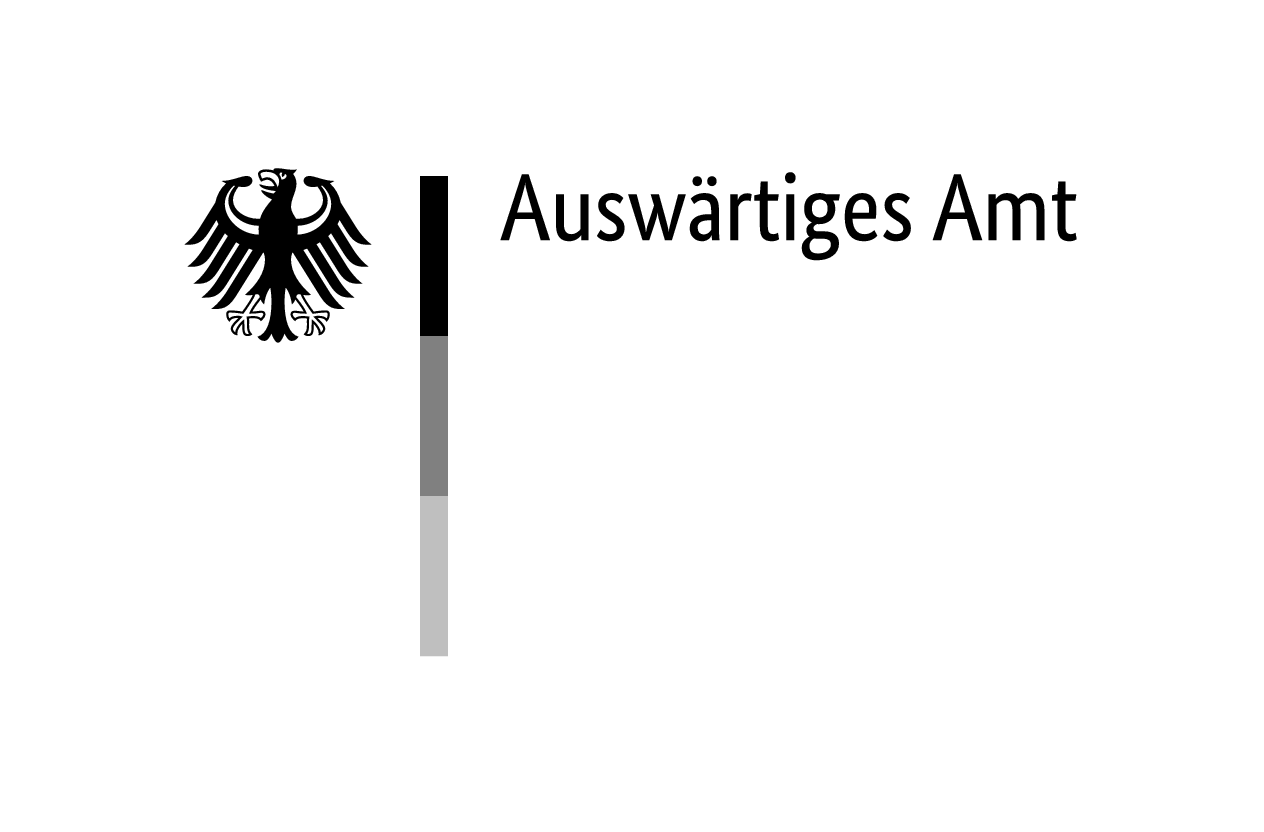Gervaise Schmitt-Vinstretin, called Gréveline, was born on 27 November 1931 in Paris, France, into a family of showmen and basket weavers. She was the daughter of Henri Schmitt or Schmidt (unknown–1944) and Marie-Madeleine Vinstretin or Winterstein, called Maralla (1900–unknown), and grew up with two sisters, Marguerite Rosa {1919–1944) and Florella-Adrienne (1939–1944).
Escape to France
Like many Belgian and French nationals, they fled to Normandy during the German invasion in May and June 1940. After a first stop in Alençon, where they spent the winter, the family reached Montreuil-Bellay in the department of Maine-et-Loire. Relatives of theirs had been interned there in a camp opened in November 1941. The family rented a house so they could live undisturbed, but then decided to return to northern France and settled in Roubaix.
Arrest and Deportation
The extension of the Auschwitz Decree to northern France, Belgium and the Netherlands on 29 March 1943 initiated the deportations of Sinti and Roma from those areas. The Schmitt-Vinstretin family was arrested in Roubaix at the end of November 1943, then interned for a fortnight in Loos-lez-Lille prison in Loos and registered in the ‘SS transit camp’ in the Dossin barracks in Mechelen on 9 December 1943. From there, the family was deported to the Auschwitz-Birkenau concentration and extermination camp on 15 January 1944.
On arrival, their hair was shaved from their heads and prisoner numbers were tattooed on their forearms; they all had to live in the barracks of the separate camp section BIIe. Gervaise’s sister Florella-Adrienne, who was just five years old, soon died in the infirmary. Her father Henri Schmitt, who was suffering from typhus, died on 23 May 1944; by her account, he was beaten to death. Gervaise’s older sister Marguerite Rosa Schmitt gave birth to a girl who survived only a few days.
Marie-Madeleine and Gervaise Schmitt-Vinstretin were transferred to Ravensbrück concentration camp on 15 April 1944, where they arrived two days later. Immediately after their registration, the camp administration moved them to the Rechlin-Retzow satellite camp. Mother and daughter were used for excavation work and the transport of building materials.
Evacuation to Sweden and Return
Shortly before liberation, they arrived in Sweden via Ravensbrück on one of the evacuation transports organised by the Red Cross. On 26 April 1945, they were registered as patients at the Nya Borgarskolan reserve hospital in Malmö. They stayed there for six months to regain their strength. In October 1945, they were flown out to France. There they were cared for in Paris in the Hotel Lutetia, where many survivors were accommodated, before returning to Roubaix.
In 2012, an autobiographical report by Gervaise Schmitt-Vinstretin was published under the title Les oubliés dʼAuschwitz [The Forgotten of Auschwitz], based on an interview she had given to the journalist Cécile Chambon (born 1959).




